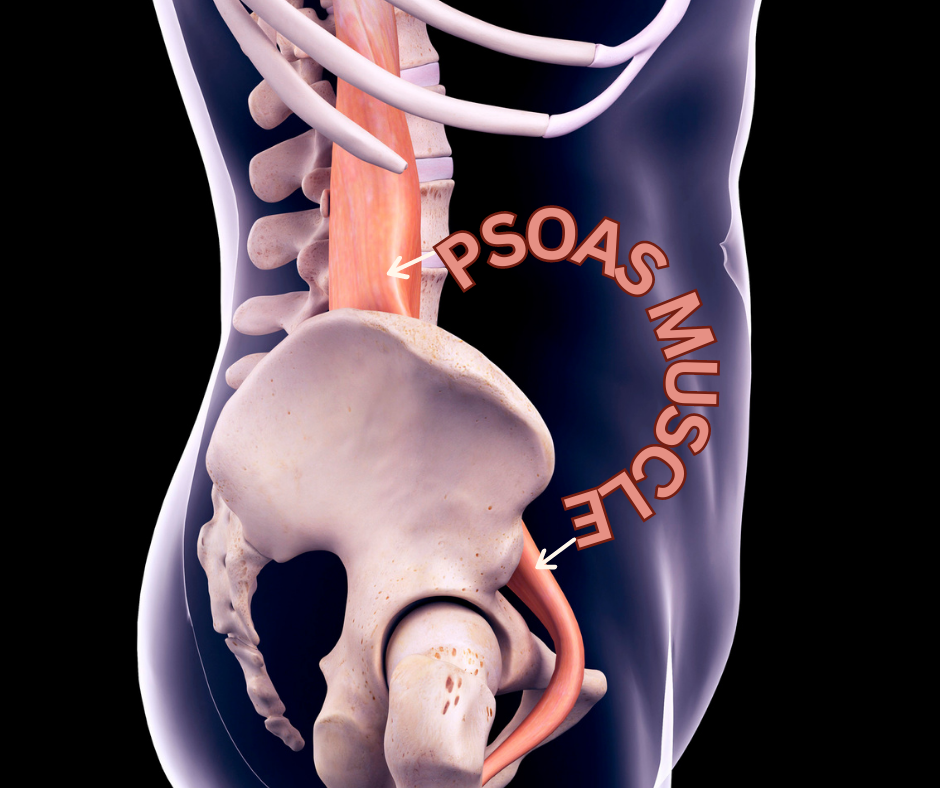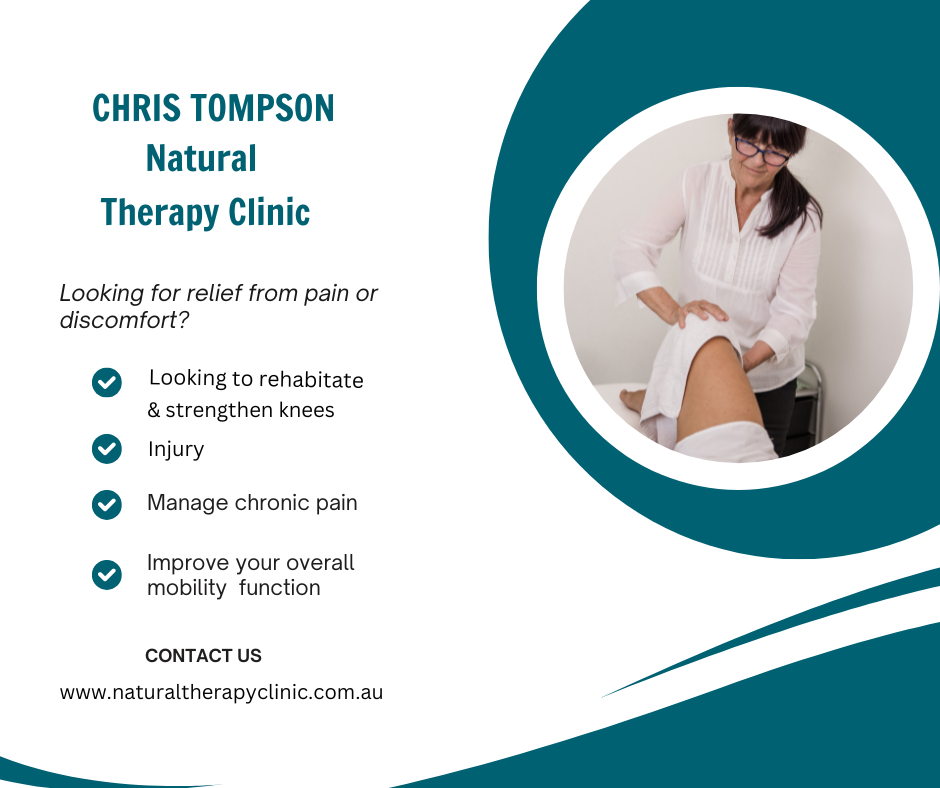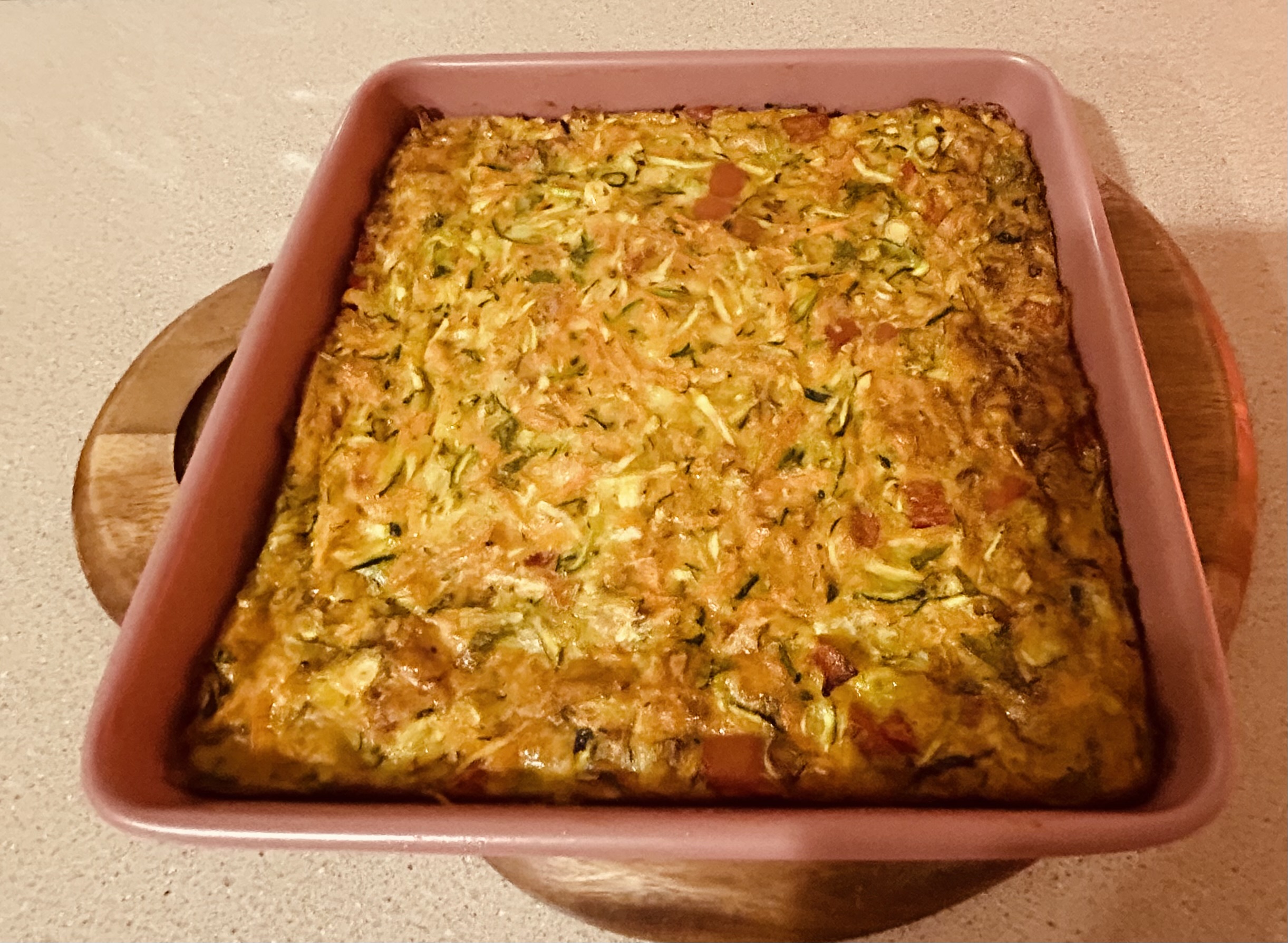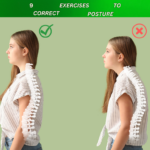Psoas Muscle & rehabilitation exercises:
I have noticed with my clients that the psoas muscle is one of the most prevalent issues I see in my clinic when performing a Myorthotics treatment. I have found that it is one of the easiest problems to rectify through combining Myorthotics https://www.nutritionalhealthenterprises.com/myorthotics/ & the correct stretching techniques.
The psoas muscle is among the most significant muscles that overlie the vertebral column. It is a long fusiform muscle on either side of the vertebral column & the brim of the lesser pelvis. At its distal end, it combines with the iliacus muscle to form the iliopsoas muscle. https://www.ncbi.nlm.nih.gov/books/NBK535418/#:~:text=Introduction,to%20form%20the%20iliopsoas%20muscle.
What is the psoas muscle?
The psoas attaches your upper body to your lower body. It is the only muscle that connects your spine to your legs. It is also one of the most fascinating & important muscles in the human body – physically, emotionally & energetically.
No matter what you do, your psoas is involved in almost every action and movement. Even your feelings & thoughts are linked to it.
In our physical body, the psoas influences healthy and balanced posture & is associated with stiffness in the hips and the spine.
It also affects our freedom of movement when walking. Our diaphragm is subtly yet deeply linked to the psoas too, so it influences how we breathe.
In the emotional body, the psoas greatly determines the ability to relax & influences feelings of wellbeing and stability. Awakened & relaxed enables the free flow of subtle energy & increases sensitivity in the whole body.
Psoas muscle & lower back pain:
Through constant contraction of the psoas, the muscle eventually begins to shorten leading to another range of painful conditions including lower back pain, sacroiliac pain, sciatica, disc problems, spondylolysis, scoliosis, hip degeneration, knee pain, menstruation pain, infertility & digestive problems.
As well as structural problems, tight psoas constricts the organs, puts pressure on the nerves, interferes with the movement of fluids, and impairs diaphragmatic breathing.
Strengthen the psoas muscle:
Exercise is a significant part of the treatment for psoas tendonitis to help ease pain and keep you active. Hip strengthening exercises play a crucial role in restoring normal hip function and improving flexibility and strength by specifically targeting the iliopsoas muscles of the hip for better management of psoas tendonitis. Here are some exercises that are designed to stretch, strengthen, and stabilize your psoas muscles. https://www.nutritionalhealthenterprises.com/exercises-to-rehabilitate-and-strengthen-the-lower-back/
Glute Stretch 1:
- Sit in a chair with good posture.
- Place your right foot on your left knee and allow your right knee and hip to relax.
- Place your right hand on your right knee and gently apply pressure toward the floor until you feel a stretch in your right hip. If you are feeling a good stretch, hold this position.
- To feel a deeper stretch, continue applying light pressure to your right knee as you slowly lean forward with a straight back. Only lean forward until you feel a light stretch in your right hip.
- exhale while releasing
- If you want to increase the stretch further, place your elbow on your right knee as you lean forward with a straight back.
- Breathe: Hold this stretch for 3 deep breaths. Relax into each tension & stretch- a little further.
- Reverse: Reverse and stretch the opposite side.
Glute Stretch 2:
- Start sitting up nice & tall on chair or bed.
- Bring your foot up & across to the opposite shoulder
- Rotate torso towards your knee until you feel a stretch in your buttock
- Repeat on opposite side.
Clamshell Exercise:
- Lie on your right side with your feet and hips stacked, your knees bent 90 degrees, and your head resting on your right arm.
- Draw your knees in toward your body until your feet are in line with your butt. Place your left hand on your left hip to ensure it doesn’t tilt backward. This is your starting position.
- Keeping your abs engaged and your feet together, raise your left knee as far as you can without rotating your hip or lifting your right knee off the floor.
- Hold for 1 second, squeezing your glutes at the top of the move, before slowly lowering your left knee to the starting position.
- Continue for a total of 20 reps, then repeat on the other side.
Lying Side Clam Exercise:
Lying side clam exercise is a great way to work the muscles in your hips and thighs. This exercise is also known as the side leg raise. To do this exercise, lie on your side with your legs straight. Bend your knees and place your feet flat on the floor. Place your hand on your hip. Slowly raise your top leg as high as you can. Hold for a count of two and then lower your leg back to the starting position. Do 10-12 repetitions on each side.
Psoas Stretch:
- Make sure back in straight & don’t twist the hips
- Tighten up the abdominals
- Hold for the count of 20 & repeat on other side.
Glute Bridge:
- Lie on your back with your legs straight out in front of you and your arms at your sides.
- Bend your knees to bring the soles of your feet flat on the floor. Your knees should be directly above your ankles.
- Lift your hips toward the ceiling as you keep your core engaged.
- Your body should form a straight line from your knees to your shoulders. Squeeze your glutes and hold for one to two minutes. That’s one rep.
- Do 12 reps & repeat 3 times.
Summary:
The psoas muscle (pronounced SO-as) may be the most important muscle in your body. Without this essential muscle group, you wouldn’t even be able to get out of bed in the morning! In fact, whether you run, bike, dance, practice yoga, or just hang out on your couch, your psoas muscles are involved. That’s because your psoas muscles are the primary connectors between your torso and your legs. They affect & help to stabilise your spine.
The actions of psoas major are flexion and lateral rotation of the thigh at the hip. It also flexes the trunk at the hip and flexes the trunk laterally.
Disclaimer:
All content & media on the Natural Therapy Clinic is created & published online for informational purposes only.








